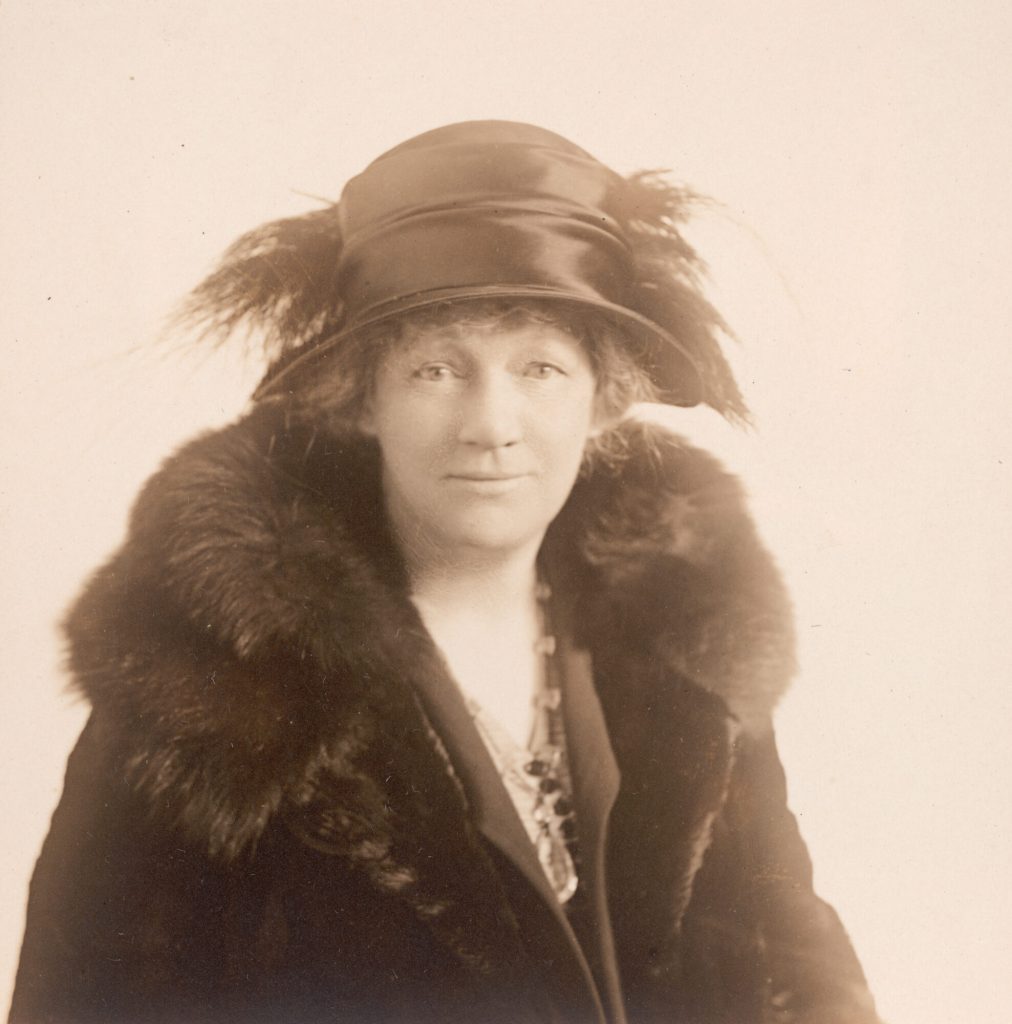The Museum of Modern Art opened its first exhibition, “Cezanne, Gauguin, Seurat, van Gogh,” just weeks after the stock market crash that would lead to the Great Depression. On November 16, 1929, George Cutler, a produce executive, leapt from a seventh-floor window in the Munson Building, on Wall Street. The next night, in MoMA’s inaugural space on 730 Fifth Avenue, people gathered around Paul Gauguin’s bafflingly strange 1889 Portrait of Meijer de Haan and Cezanne’s somewhat unfinished-seeming The Bather from 1885. Both paintings are on view right now at MoMA, in “Lillie P. Bliss and the Birth of the Modern,” an exhibition focusing on Bliss, one of the museum’s three founders. Her art-historical impact is exemplified by these 40 major Modernist paintings—all but one, Van Gogh’s iconic Starry Night (1889), having been part of her collection.
Van Gogh was undeniably a brilliant painter, but perhaps because this painting has become such gift shop merch fodder—printed on scarves, umbrellas, and socks—Starry Night didn’t hit the way I thought it would when seeing it displayed. It’s an exception in “Lillie P. Bliss and the Birth of the Modern,” which runs until March 29, 2025. Not just because it’s safely behind velvet ropes, like the star we’ve been told it is, but because it’s the only work included that Bliss didn’t actually own. Curators Ann Temkin and Romy Silver-Kohn chose it as a stand-in for all the colossal work MoMA purchased through sales from Bliss’s collection. Temkin explained: “Bliss never had a Van Gogh in her collection, and it’s said that she always hoped to add one.”
Before her death at 66 in 1931, Bliss bequeathed a significant portion of her collection to MoMA, contingent on the museum’s ability to prove itself financially stable within three years. Her will allowed works from her donated collection to be sold by MoMA so it could acquire new, equally radical works. Starry Night was one of the first works the museum purchased with these funds, along with Pablo Picasso’s Les Demoiselles d’Avignon (1907) and Constantin Brancusi’s The Newborn (1920). This gift came after Bliss co-founded the institution together with Abby Aldrich Rockefeller and Mary Quinn Sullivan, believing New York needed a permanent home for Modern art. In 1934, MoMA staged the memorial exhibition “The Lillie P. Bliss Collection, 1934.” The current show is a redux of sorts, and follows the book, Inventing the Modern, which features Bliss and honors the under-sung female arts professionals and patrons who helped build and foster the New York institution over decades.
Nearly a century later, as figurative painting stages its 10th comeback in the past two and a half decades, much of the work shown in galleries downtown is clearly indebted to Modernist painting. Cezanne’s Still Life with Ginger Jar, Sugar Bowl, and Oranges (1902–06), however, demonstrates that it’s not enough to just paint a still life. Cezanne was so good that his work will never look old. It could be said that he solved the problem of painting, and that anyone working after him is surfing in his wake. Nobody puts orange next to green the way he did, and his handling of small daubs of white paint is almost occultish. This modest still life overpowers the famous Van Gogh, and the mystery of that makes the show exciting.
Genuine mystery also exists regarding Bliss herself. As the wall text explains, little is known of the prescient collector, largely because she demanded her personal papers be destroyed upon her death. Bliss moved out of the family home into her own apartment for the first time at age 60, then became aggressively philanthropic. A faint figure from history of whom very little is known about other than her serious undertaking helping to establish a world-class museum who then gave away her fortune and sought to be erased is tantalizingly mysterious. As to why she avoided posthumous notoriety, Silver-Kohn can only speculate: “She did have a life filled with many interesting people, and artists, and we can speculate that there were many romantic affairs, or just things she wanted to keep private.”
In an age where art collecting can seem very much like personal aggrandizement, with names emblazoned on the wings of museums and champagne-drenched private views at Art Basel, there’s something aspirationally noble about Bliss’s aversion to the spotlight.
Beneath a different spotlight is Georges Seurat, who Bliss focused on collecting toward the end of her life. That I’d never paid him much attention I now see was foolish. Pointillism always seemed like a quirky gimmick, one that Roy Lichtenstein took to its logical conclusion. Admittedly, I’d mostly seen Seurats in reproduction, and wasn’t prepared for Port-en-Bessin, Entrance to the Harbor (1888), which is almost aggressively modern. A one-inch border around the edge of the painting, made of small daubs of colors complimentary to the ones in the central image, is sensual and ornamental in a way I wasn’t expecting. Another stand out is his twelve-by-nine-inch conté drawing A Woman Fishing, from 1884. Strange and poetic, it could have been a New Order album cover. It offers nothing but the foggy view of a well-dressed woman waiting for a fish to bite. This is how women from the late 19th-century have mostly been depicted, as idle, attractive, and strapped inside tight corsets.
Almost all of the paintings in this exhibition are by men who, of course, have dominated a certain version of art history for a very long time. But three women are the reason MoMA exists, and the almost paranormally good taste of Lillie Bliss is the real star of the show. In organizing the exhibition, Temkin saw, as I did, how the collection demonstrates “the unity of one person’s eye.”
